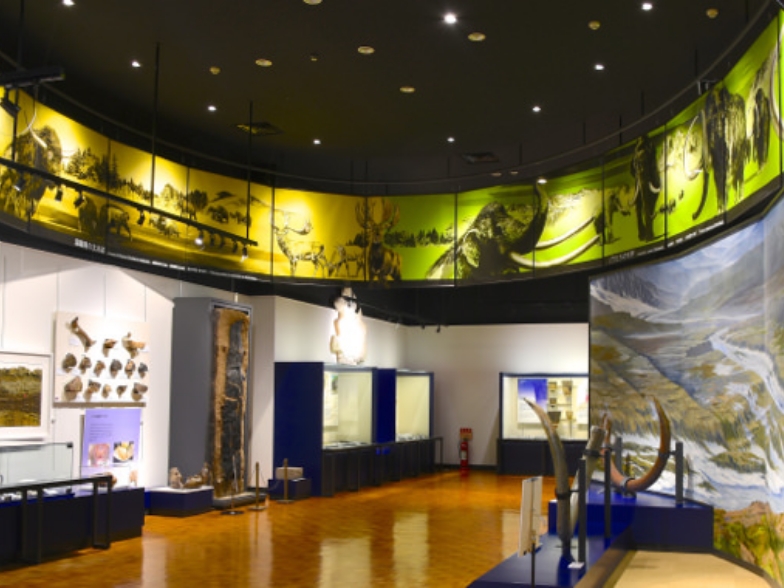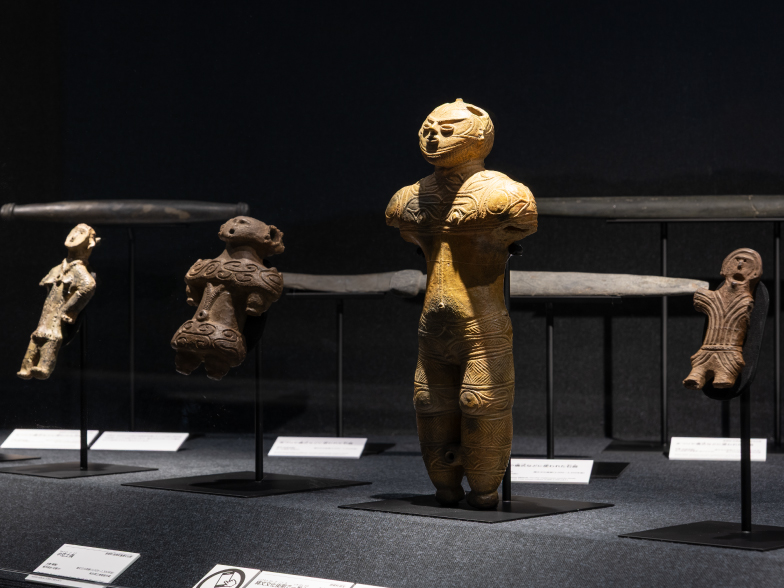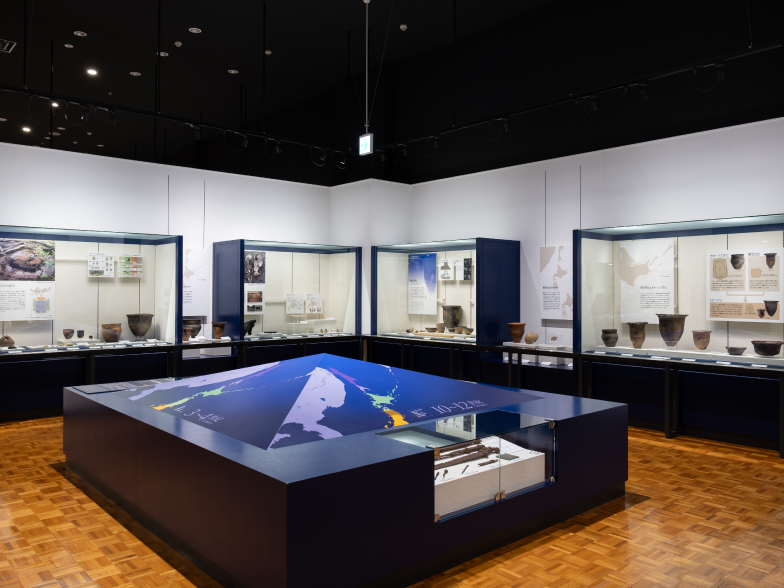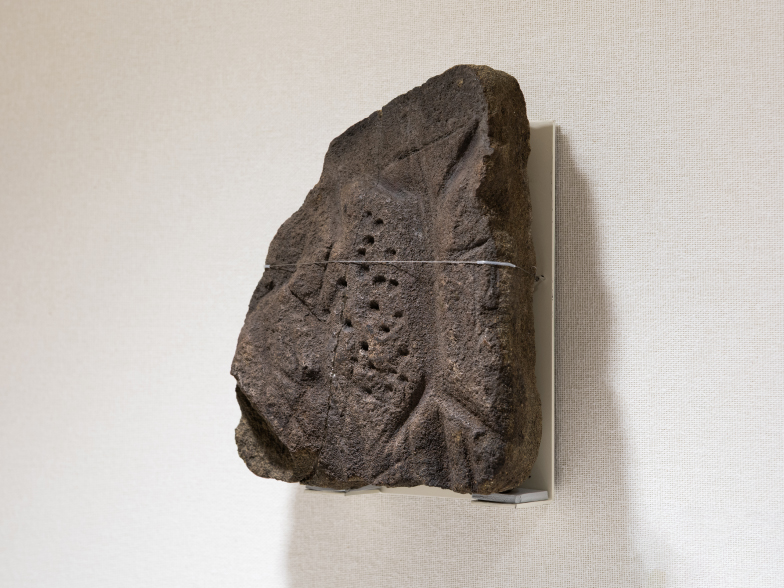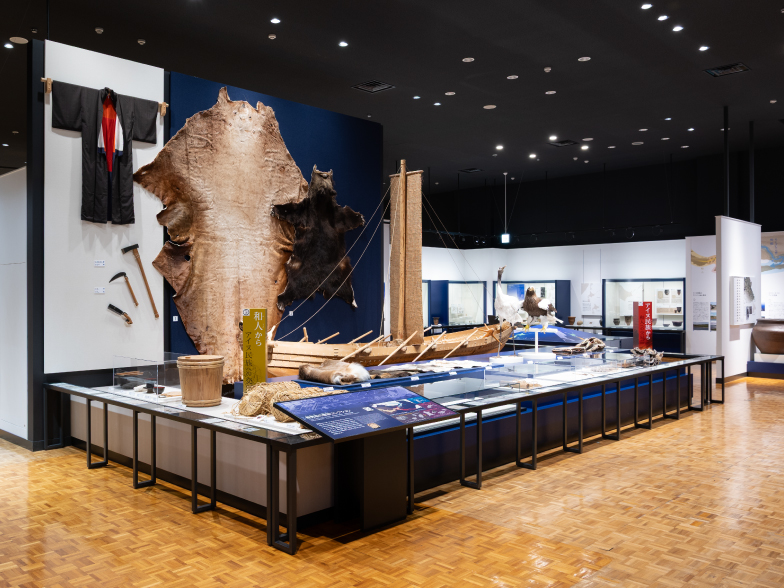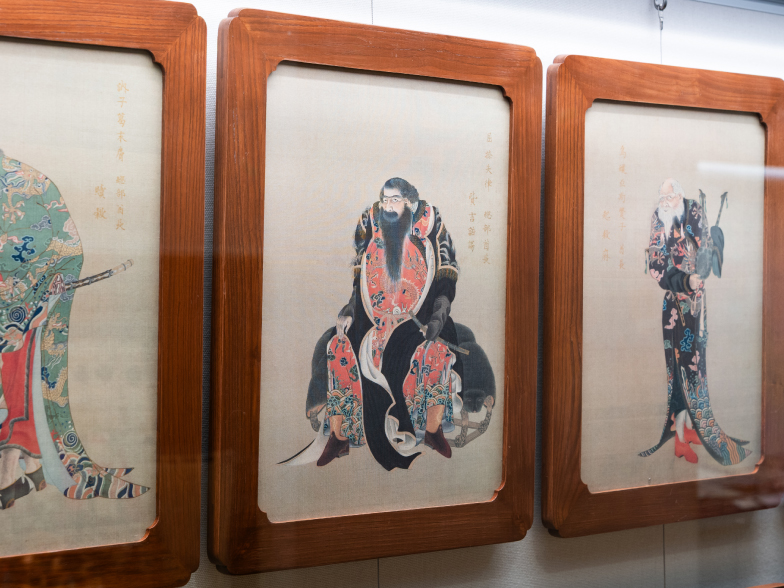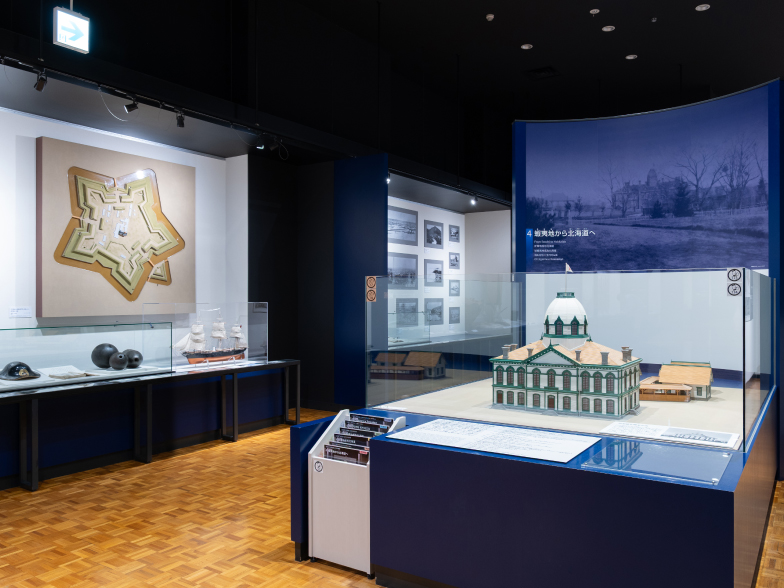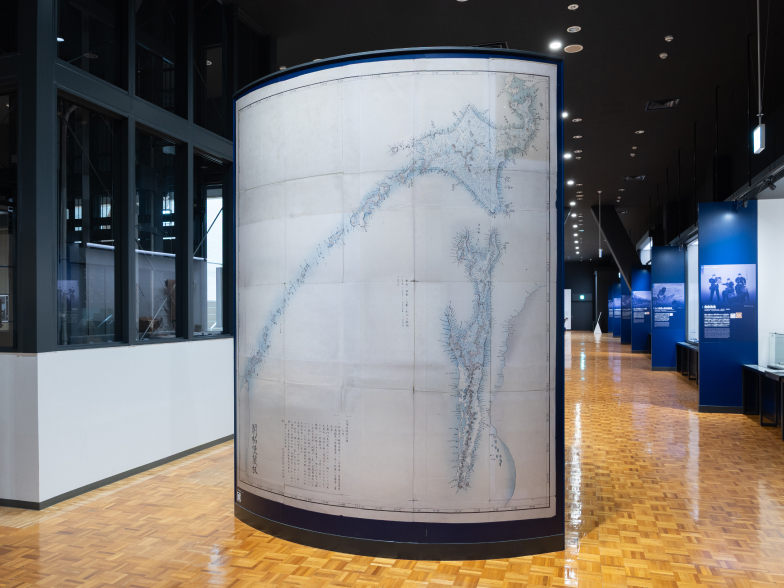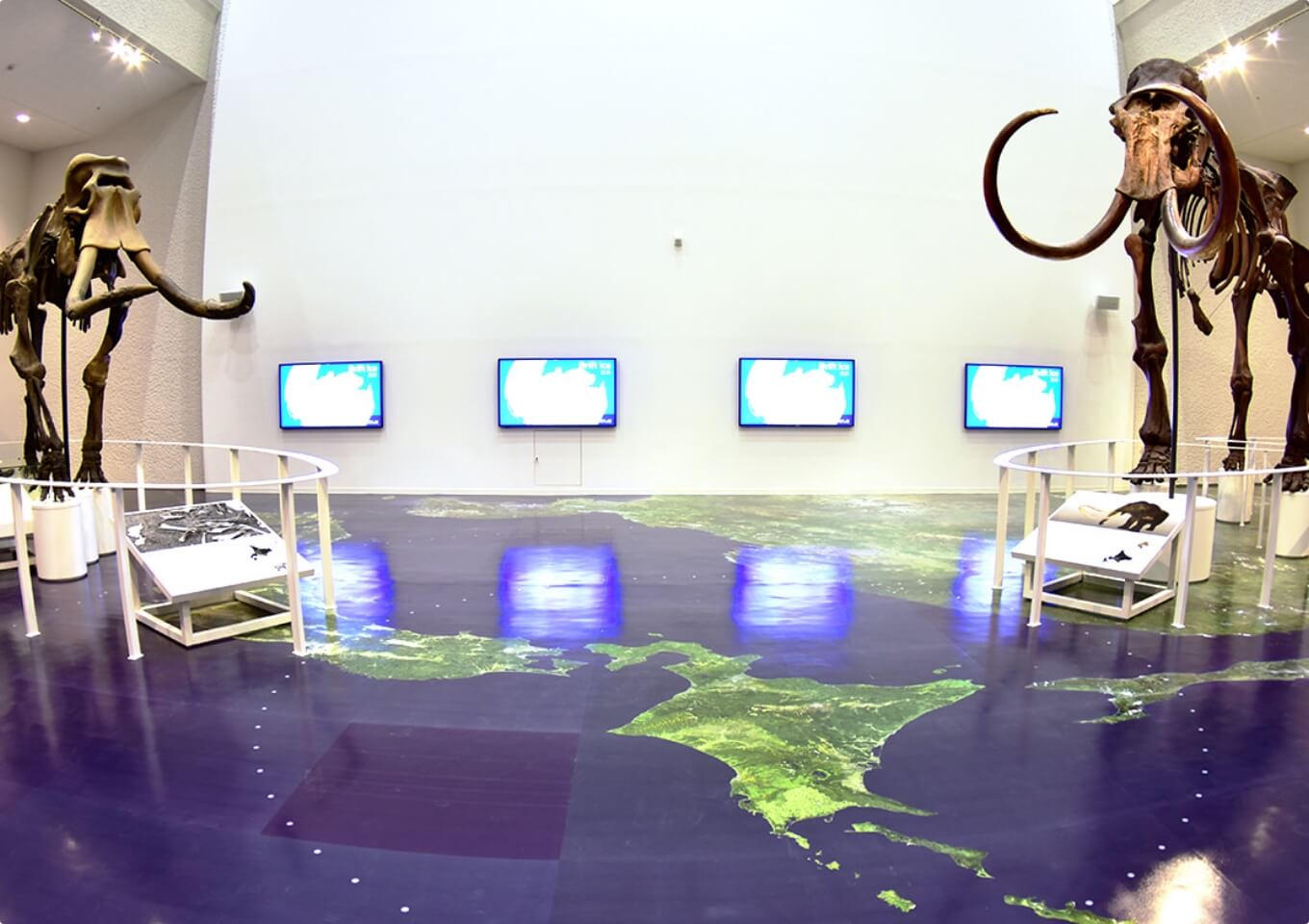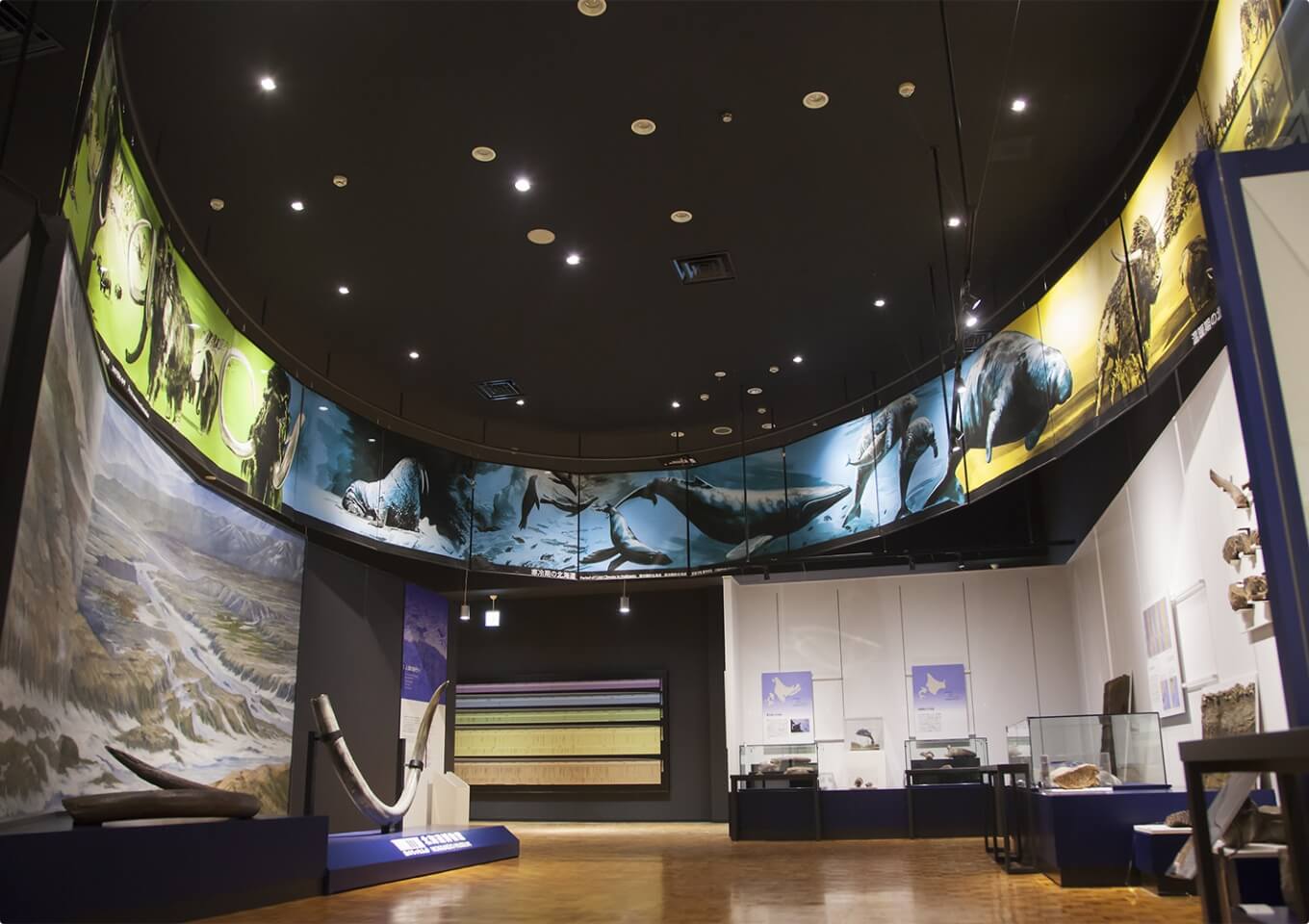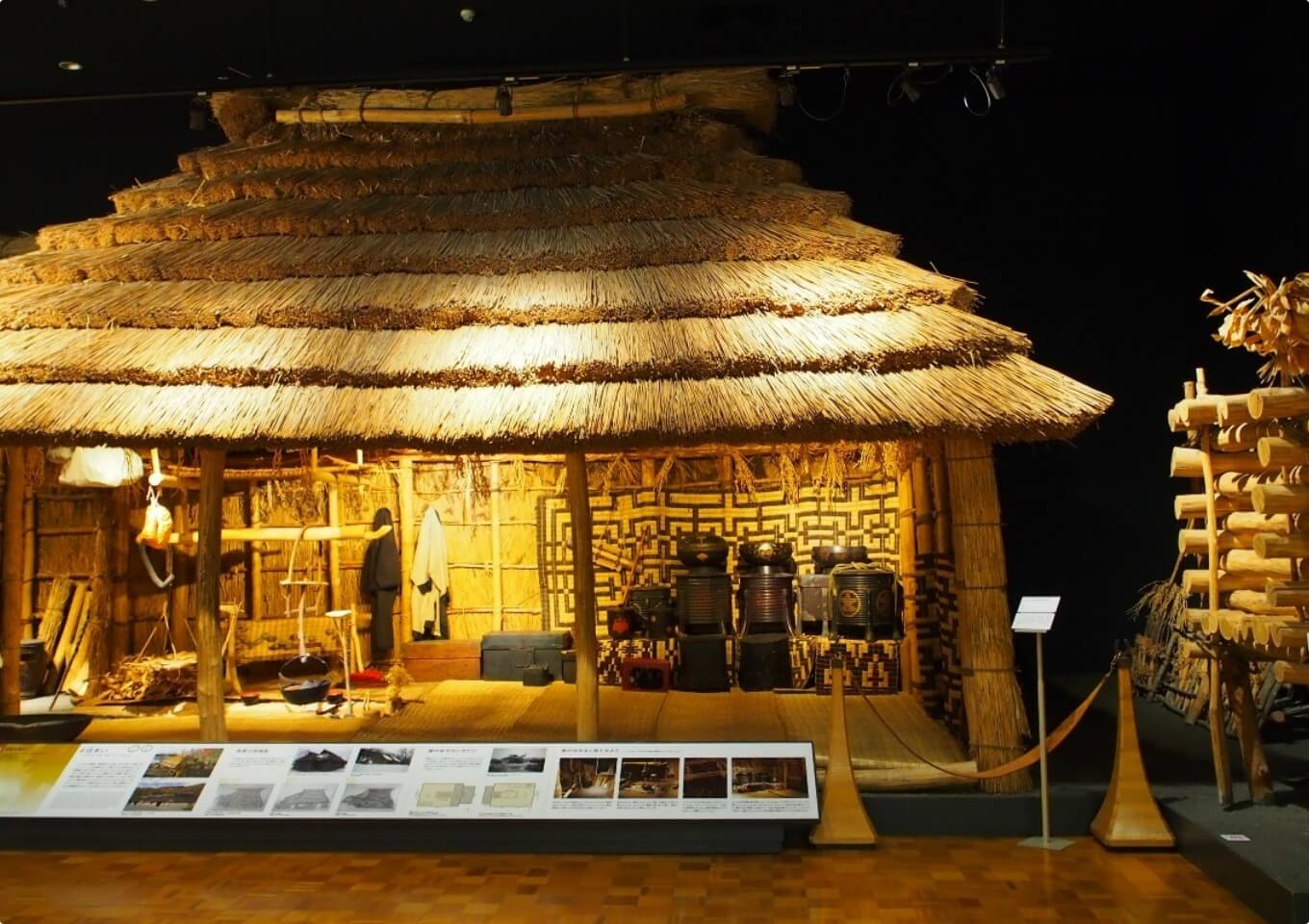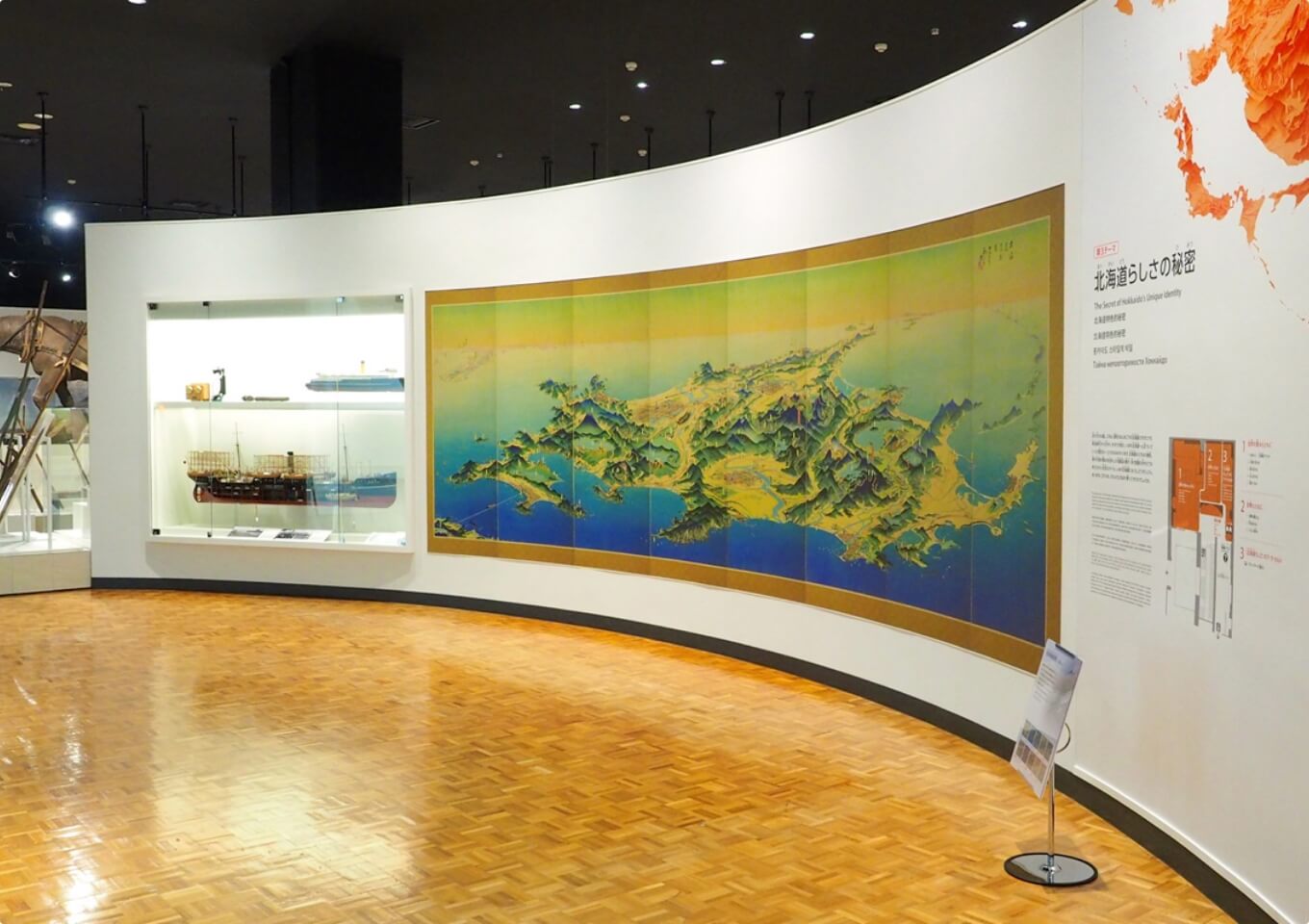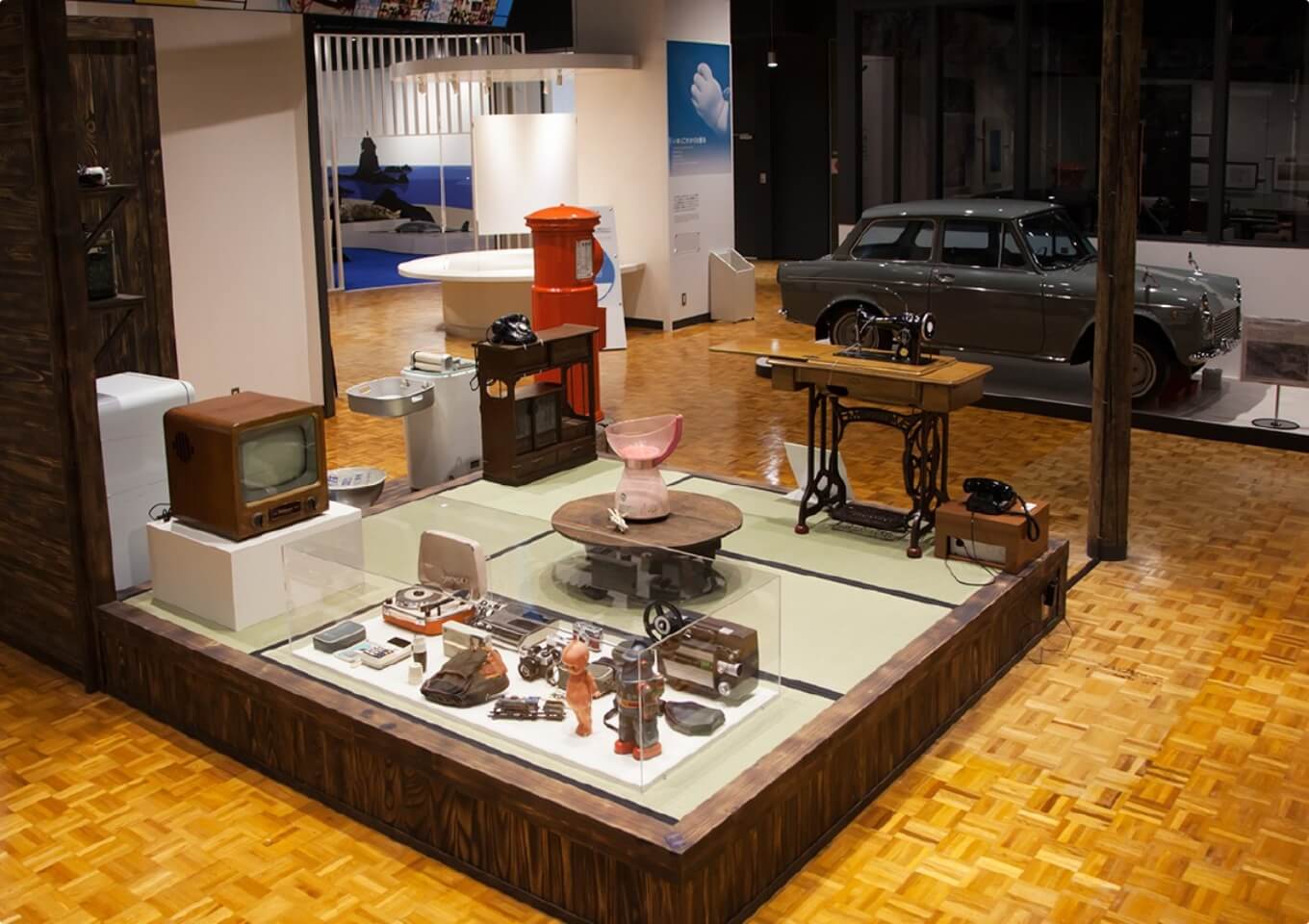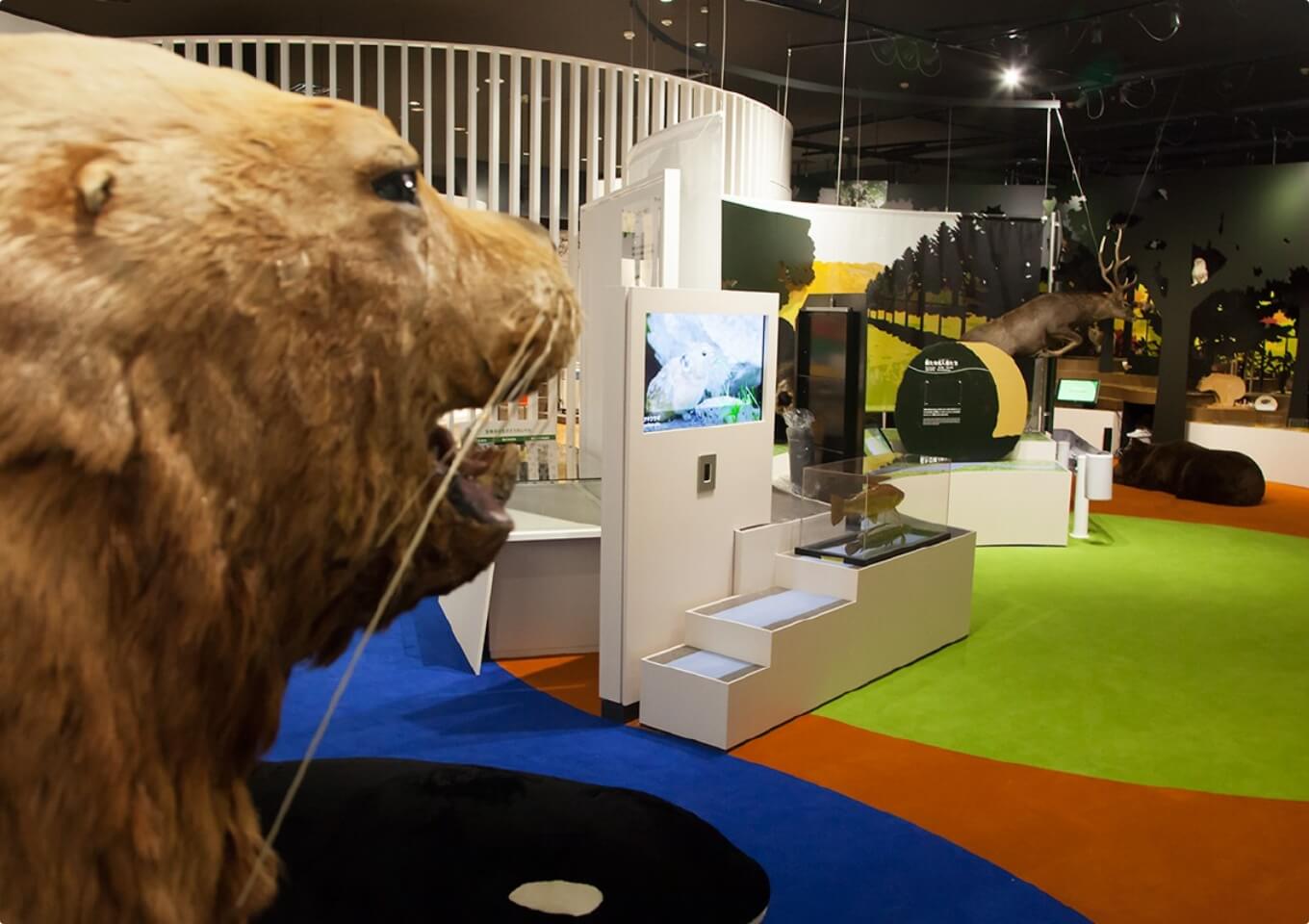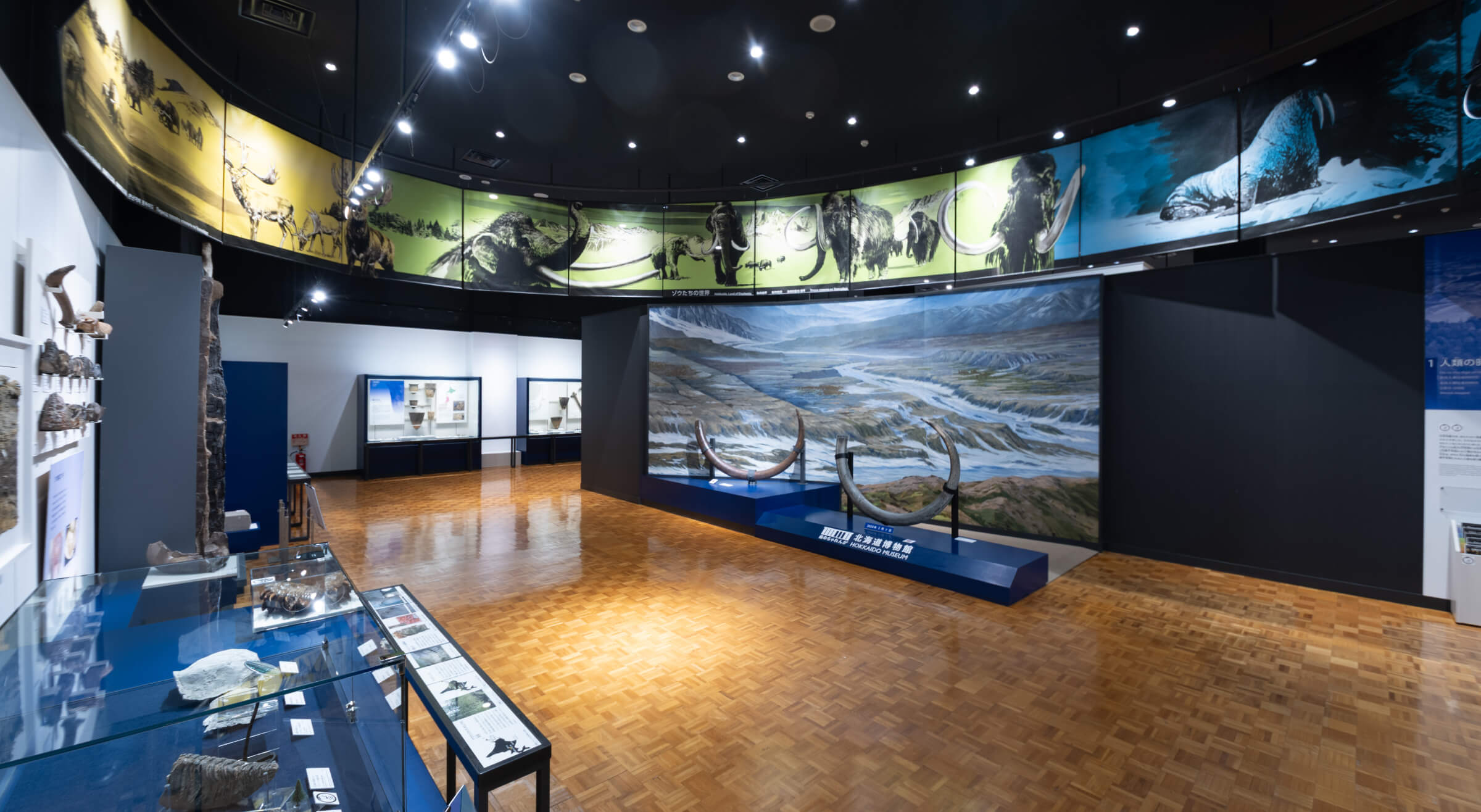
It is sometimes said that the history of Hokkaido is brief. Certainly, it has only been 150 years since settlement and development first brought a large population to Hokkaido. However, looking further into the past, we will find that unlike the simple picture painted in many Japanese history textbooks, this land is built upon layers of unique history. One such example is the provision of Ainu-supplied seat otter pelts to the Tokugawa shogunate. Let us leaf through the long, long tale of Hokkaido’s 1.2 million years of history.
Theme 1: Hokkaido's Tale of 1.2 Million Years
1-1: On to the Age of Humanity
1-2: Emergence of Hokkaido’s Original Cultures
1-3: The Age of Ezochi
1-4: From Ezochi to Hokkaido
Exhibits
Steller's Sea Cows, Parent and Child
Steller's Sea Cows, Parent and Child
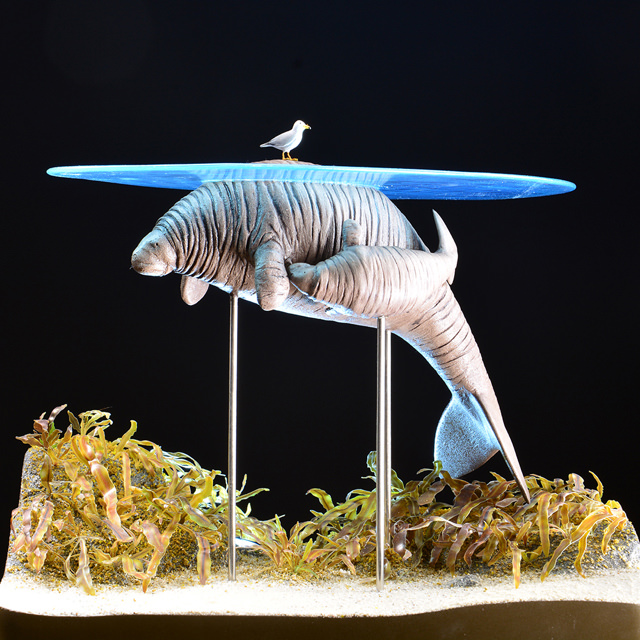
The Wonder of Elephant Teeth – Naumann's Elephants and Mammoths
The Wonder of Elephant Teeth – Naumann's Elephants and Mammoths
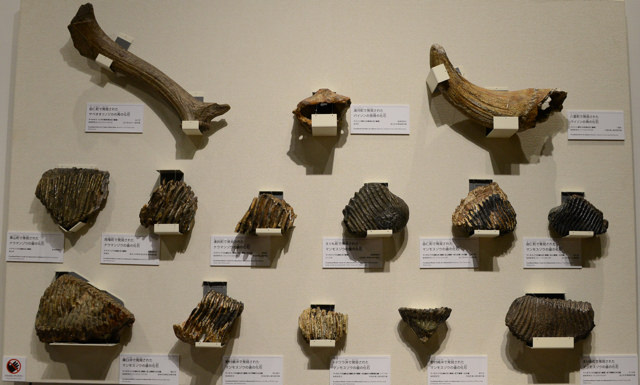
Among all elephant fossils, teeth are the most commonly found. Teeth are hard and strong and so fossilize more easily, which means that we can study them to learn their age and other details. While humans have 32 teeth, elephants have two teeth on both their upper and lower jaws, making a total of only four teeth. However, they have five sets of teeth over a lifetime. They grow new sets of teeth as their old ones get worn down by the daily consumption of massive amounts of grass.
The Oldest Earthenware in Hokkaido
The Oldest Earthenware in Hokkaido
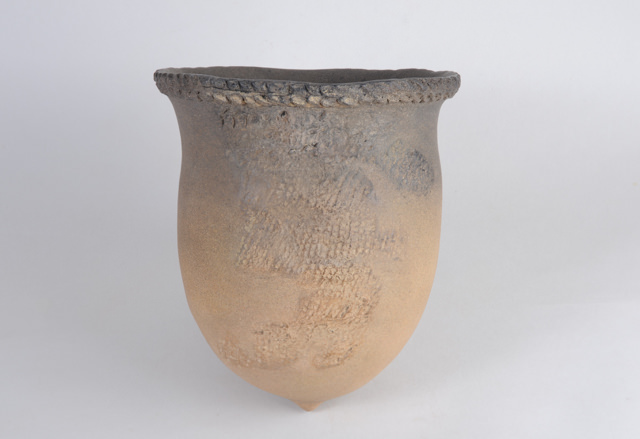
These important artifacts indicate that the use of earthenware was prevalent in Hokkaido during the early Jomon period. With its ridged-line patterns, conical shapes and pointed tips, it is believed that this earthenware culture spread from Honshu. By studying the excavation of stoneware and other archaeological objects at Taisho No.3 site in Obihiro, much can be learnt about life during that early time.
Rocks with Carved Images
Rocks with Carved Images
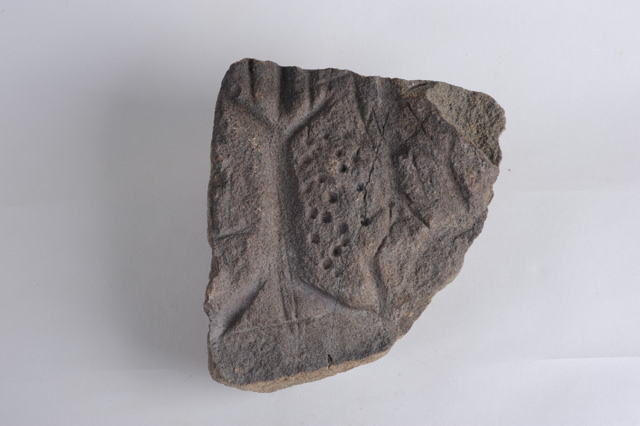
The Fugoppe rock carvings are some of the largest in Japan. Many of these carvings depict humans, and in this carving two men are depicted in abstracted style. This rock piece was extracted from a cave.
Pot-Shaped Earthenware Vessel
Pot-Shaped Earthenware Vessel
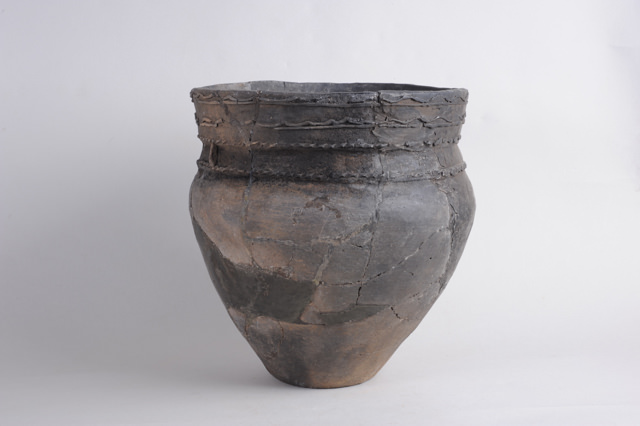
Between the 5th and 9th centuries, Okhotsk culture spread from Sakhalin (Karafuto) to the Kuril Islands and the Hokkaido coast via the Sea of Okhotsk. The distribution of Okhotsk culture archaeological sites and its periods of influence differ between Hokkaido and Sakhalin. Meanwhile, in Hokkaido unique pottery began to be produced.
Ezochi Trade Goods Collection
Ezochi Trade Goods Collection
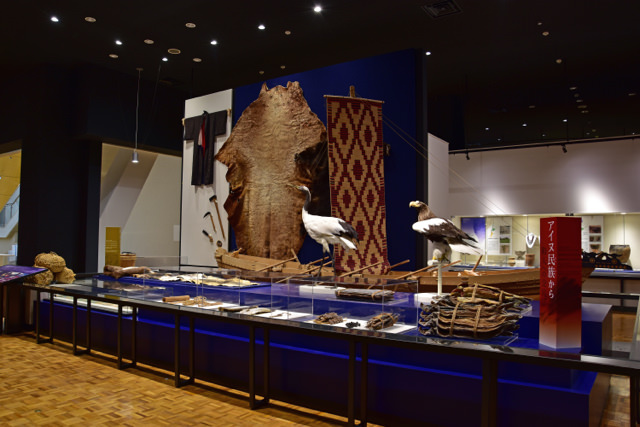
A gigantic Steller sea lion pelt. A seal pelt, flecked with tiny black spots. A bear pelt, covered with black fur. This vast collection includes all manner of pelts and marine products. There are even eagle feathers and Japanese cranes. All of these goods were gathered by the Ainu for the purpose of trade with the Wajin. In return, the Ainu received goods such as rice, sake, tobacco, iron tools, lacquerware, and cotton. Through this prosperous trade, the Ainu and the Wajin mutually supplied one another with goods that each culture lacked.
The Providence
The Providence
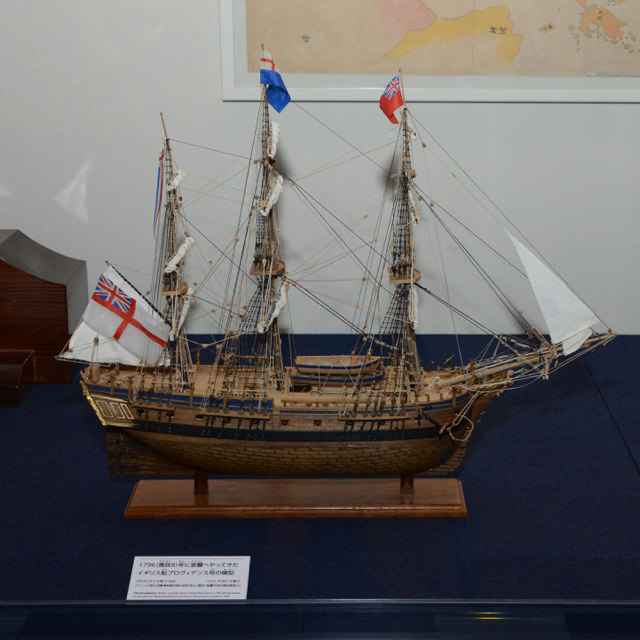
This is a 1:64 scale replica of the British ship the Providence, which landed in 1796 at Etomo (present-day Muroran). This 1992 replica is based on a model ship owned by the Muroran City Historical Museum, which was constructed using a blueprint kept in the National Maritime Museum in Greenwich, London. The real ship was made of wood with a length of 32.6 m and the width of 8.8 m.
Omusha
Omusha
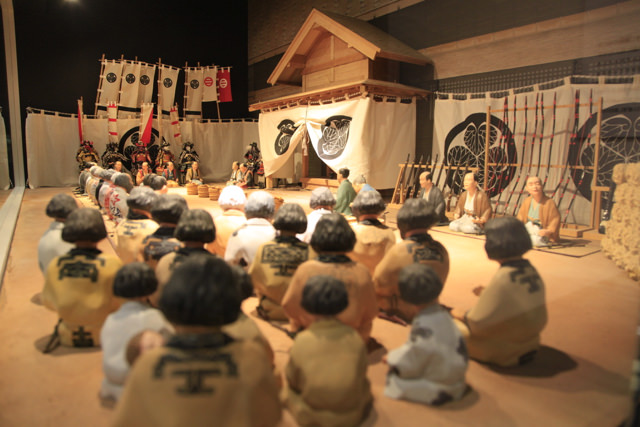
This diorama recreates an Omusha performed by an Aizu clan from Sakhalin (Karafuto) in 1808. Though Omusha was originally a greeting tradition for meeting old friends or acquaintances, it gradually transformed into a political ceremony where rice, sake and tobacco were supplied to the Ainu while the Wajin read out new edicts. Inside the building is a Wajin interpreter, and Ainu elders are sitting in front of the building. The ceremony was generally followed by a banquet.
The Hokkaido Development Commission Main Sapporo Office
The Hokkaido Development Commission Main Sapporo Office
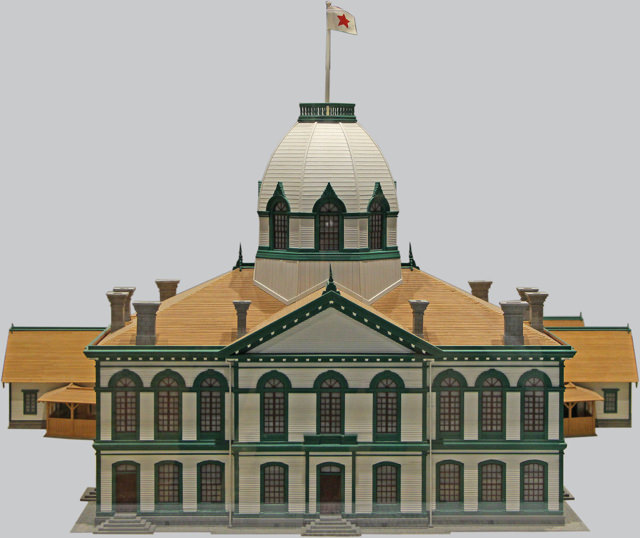
In 1869, the new Meiji government decided to take the grassy plains and forests of then-Sapporo and transform it into the center of Hokkaido's politics. Government offices, schools and official residences were constructed with Western style architecture, which gave central Sapporo an atmosphere like that of a city in the eastern United States. The symbolic Hokkaido Development Commission Main Sapporo Office was completed in October, 1873.
The Publication of Takeshiro Matsuura's Ezochi Exploration Reports
The Publication of Takeshiro Matsuura's Ezochi Exploration Reports
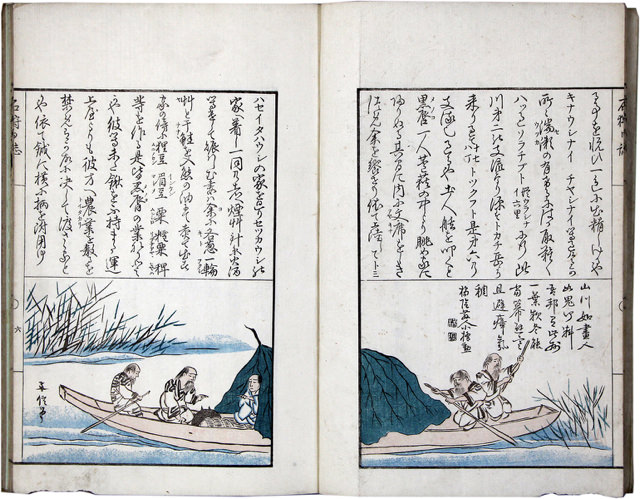
In the late Edo period, Takeshiro Matsuura from Ise-no-kuni (present-day Mie) surveyed Ezochi three times privately and another three times as a government official. He later published his travel diaries in order to introduce Ezochi to the rest of the world. Journals such as the Ishikari Nisshi and Teshio Nisshi describe Ezochi's landscapes, animals, plants and its Ainu inhabitants, all of which is accompanied by various illustrations.
